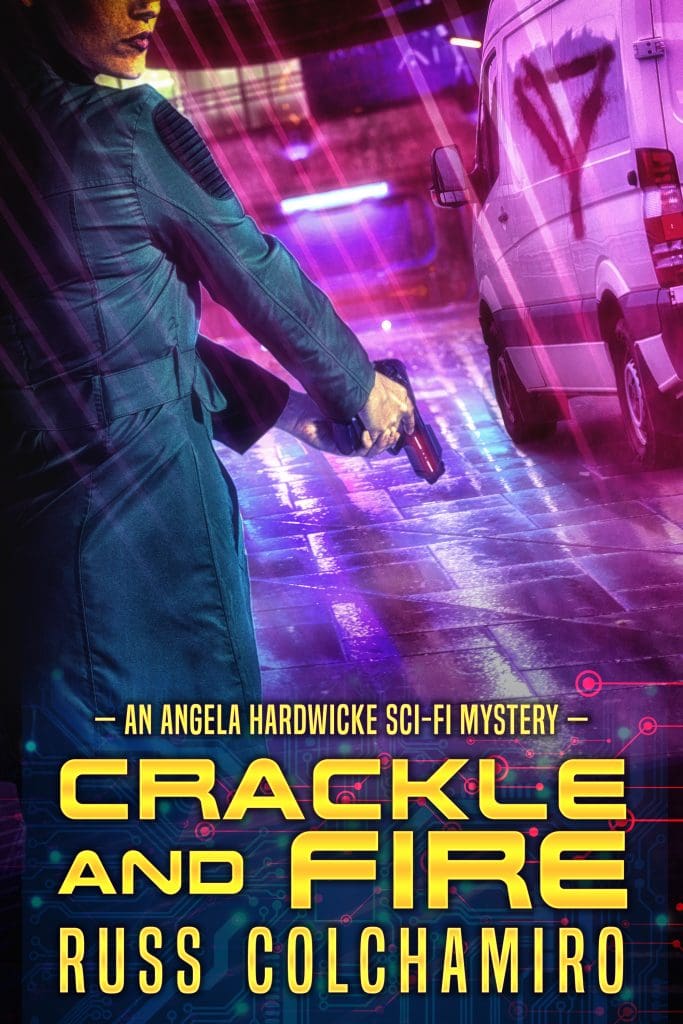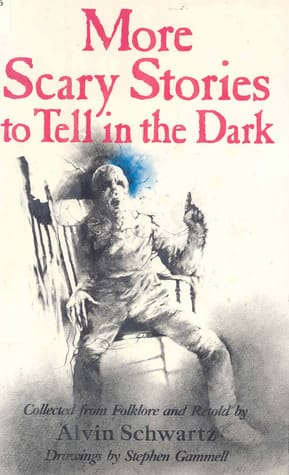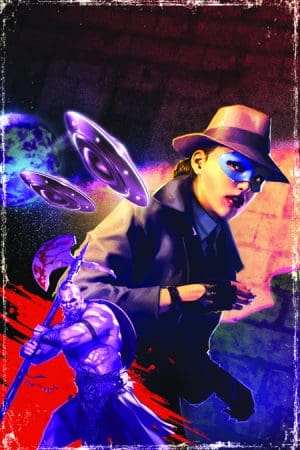I love private eyes. Always have. Part detective, part crime stopper, part secret agent. And lots of mystery.

And yet Angela Hardwicke, my hard-boiled PI who has now appeared in eight of my books through Crazy 8 Press, seemingly came out of nowhere.
Then again, doesn’t that sound like a private eye?
An amalgam of Doctor Who, Blade Runner, and Philip Marlowe, Angela Hardwicke first appeared in Genius de Milo, the second in my Finders Keepers sci-fi comedy backpacking trilogy, which might seem an odd place for a private eye to show up in the first place.
Loosely based on a series of backpacking trips I took through Europe and New Zealand with a buddy of mine, Finders Keepers is a Bill and Ted-style romp about two loveable knuckleheads running around the globe having zany adventures, while simultaneously mixed up in a quest for a jar containing the Universe’s DNA.
Finders Keepers was supposed to be one and done, but I left it open-ended, and ultimately followed up with the sequels Genius de Milo and Astropalooza, with the scope of the three-book narrative far exceeding my expectations.
When Hardwicke first shows up in Genius de Milo, it’s a blink-and-you-miss-it appearance, but I knew even then I was onto something, so Hardwicke played a much larger and significant role in Astropalooza. After that I was utterly hooked, and knew I’d be writing Hardwicke stories again.
Before I gave her a stand-alone novel, however, much less her own series, I put together an anthology for Crazy 8 Press called Love, Murder & Mayhem—I served as editor—collecting 15 stories from as many authors contributing a range of sci-fi mysteries. It was in this collection I wrote my first Hardwicke short story, “The Case of My Old New Life and the One I Never Knew,” about arson in a rock club in the galactic realm of Eternity.
Since then I’ve written a half dozen Hardwicke short stories, taking her from one end of the Cosmos to the other, with cases about a massive helix of the Universe’s DNA, rerouting Halley’s Comet, a whodunnit in a daycare center, and a case about an AI on death row, “The Case of Jarlo’s Buried Treasure,” which appears as a bonus story at the end of my first Hardwicke novel, Crackle and Fire, on sale today.
On the surface, Crackle and Fire has Hardwicke tracking down an intern from a galactic accounting firm who has disappeared with sensitive corporate files.
Yet the mystery, as these things do, becomes much larger than Hardwicke ever envisioned—she soon finds herself embroiled in a deadly case of lies, intrigue, and murder, clashing with vengeful gangsters, MinderNot rallies, and a madman who’s come a long way to get what he wants.

Dig even deeper, though, and you’ll find that Crackle and Fire is as much about Hardwicke having to make a critical decision—can she be an intergalactic private and all that comes with it and be a mother to her young son who, for reasons I won’t share now, is not in her care?
It’s a critical question for Hardwicke, and the answers don’t come easy.
As you can see, Hardwicke and I have been getting to know each other. It’s been a great relationship so far, but we’re just getting started. Hopefully you’ll come to know her, too.
Crackle and Fire is Hardwicke’s first novel, with many more deadly cases yet to come. I’m working on the sequel now, and it’s a doozy.
The only question for you is: are you ready for the ride?







